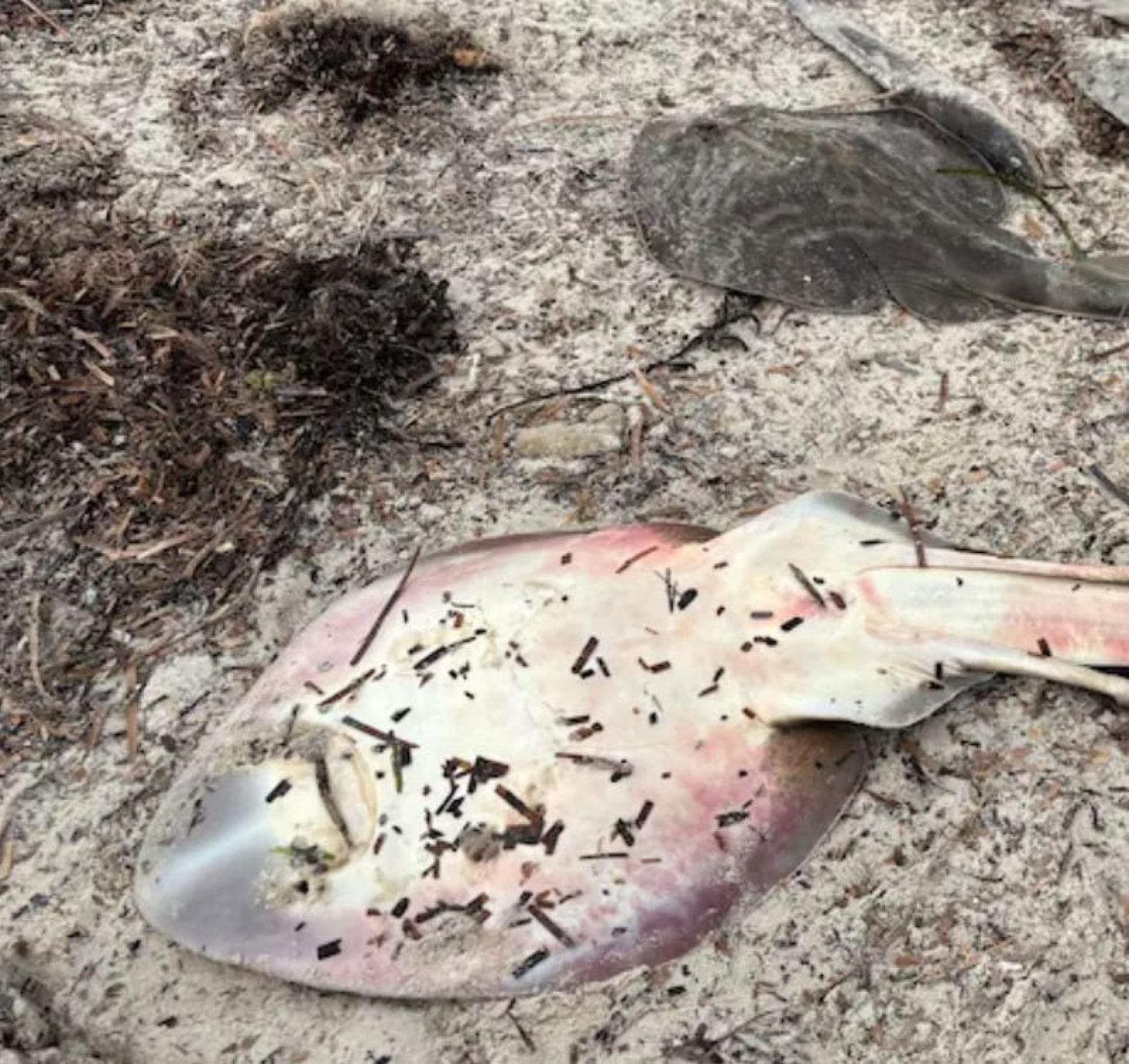A severe toxic algal bloom has broken out in southern Australian waters and is continuing to worsen, lasting for four months so far. The bloom has caused the death of large numbers of marine organisms, heavily damaging the fisheries ecosystem.
This marine crisis is caused by the toxic dinoflagellate Karenia mikimotoi. The algal bloom once spread to about 4,400 square kilometers, and has yet to subside.
Australian Prime Minister Albanese has announced the activation of federal aid funds to respond, allocating AUD 14 million (approximately MYR 39.09 million) for emergency assistance to fisheries, post-disaster cleanup, and future scientific research on algal bloom risks.
Meanwhile, the South Australian state government stated that although the regional marine heatwave has been "basically alleviated," some deep-sea waters remain warm, which may continue to affect algal growth. On July 22, the government held an emergency meeting to hear scientists’ assessments of the development of the bloom.
Marine ecologist Dr. Wehner from the University of New South Wales pointed out that the severity of this algal disaster is “hard to underestimate.”
She said: “We have witnessed mass deaths of nearly 500 marine species, including key ecological habitat structures such as sponges and other invertebrates, as well as a large number of fish. The consequences are extremely dire.”
Currently, beaches in South Australia’s well-known ecological and tourist areas such as Kangaroo Island, Yorke Peninsula, and Fleurieu Peninsula are strewn with the carcasses of various marine animals, including sharks, rays, crabs, and octopuses.
Algal bloom, also known as water bloom, is a secondary pollution phenomenon in which excess nutrients such as nitrogen and phosphorus in the water body result in abnormal proliferation of algae, thus deteriorating water quality.
